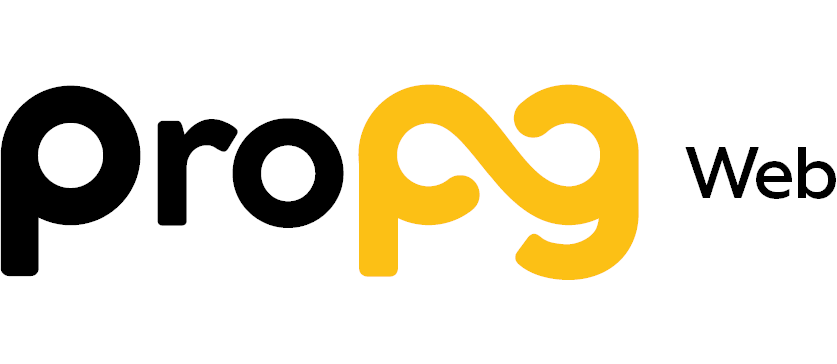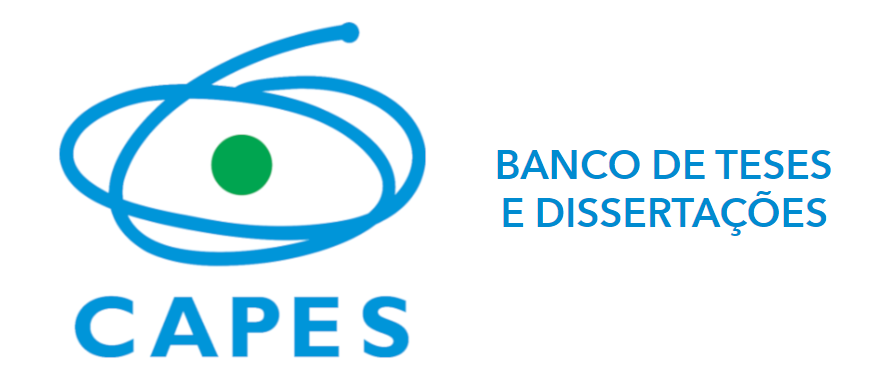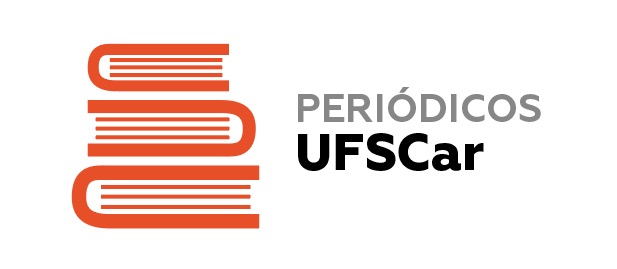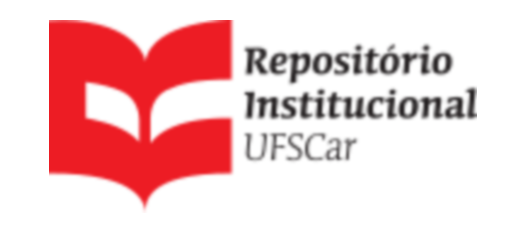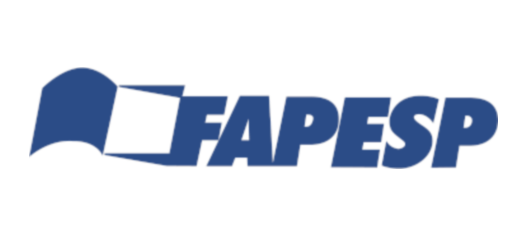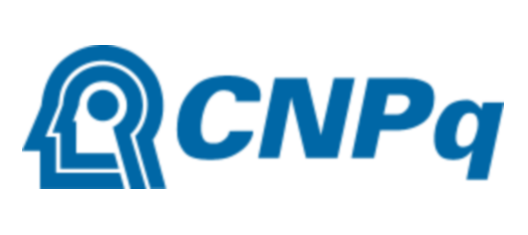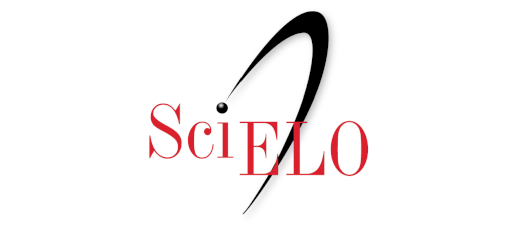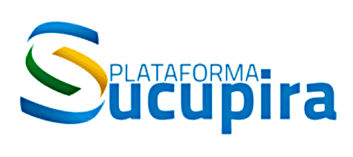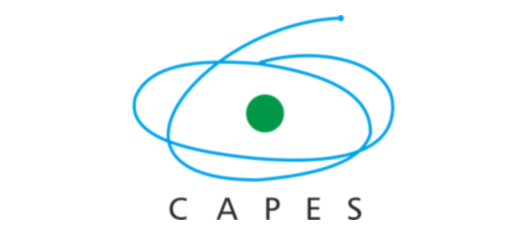Announcement for the Selection Process of candidates for regular students in the MASTER'S and DOCTORATE courses in Physics for the 2nd semester of 2025
The coordination of the Graduate Program in Physics of the Federal University of São Carlos - PPGF/UFSCar announces the selection process of candidates for regular students in the MASTER'S and DOCTORATE courses in Physics for the 1st semester of 2025, in accordance with the provisions established in the Announcement for the Selection Process 2/2025 of the Graduate Program in Physics/UFSCar.
Registrations will begin on June 11, 2025 at https://www.ppgf.ufscar.br/pt-br/processos-seletivos
Published paper: "Bright and dark states of light: the quantum origin of classical interference. Celso J. Villas-Boas, et. al., Phys. Rev. Lett. 134, 133603 (2025)."
The wave duality is a subject that has always aroused fascination, since the original proposition of the corpuscular character proposed by Isaac Newton, by the proof of wave character by Thomas Young, later corroborated by Maxwell's Equations, culminating in the proposal of light acting as photons by Albert Einstein.
In a recent work, our colleague Prof. Celso Jorge Villas Boas (and collaborators) discuss an innovative proposal for the interference pattern observed in a double slit experiment, in which only the particle behavior is sufficient to explain the results historically measured, and, furthermore, destroys the existing mysticism about the influence of an observer on the measurement result.
The work has been published on a wide range of specialized websites (including NASA, New Scientist, Phys.Org), as well as on numerous science dissemination websites, about the implications of this work, which has claimed that this is one of the most disruptive results in recent times and that it has the potential to change the way such experiments have been interpreted to this day, including the explanations presented in textbooks.
The PPGF congratulates Prof. Celso and all the authors for this work.
New Internal Regulations of the Postgraduate Program in Physics at UFSCar
The new PPGF regulations came into effect (https://www.ppgf.ufscar.br/pt-br/normas-e-legislacoes) on April 8, 2025. We thank those involved in this process that lasted more than two years, from the initial discussions to the drafting of the final text and the regulations that have already been published. We emphasize that all currently enrolled students will remain under the previous regime. Students who choose to adhere to the new regulations will have up to 180 days to do so, according to the rules of the new regulations themselves. Migration is NOT MANDATORY.
Published Paper “The emergence of Mem-Emitters” - Prof. Victor Lopez Richard - PPGF professor, master's student Igor Ricardo Filgueira e Silva - PPGF - published as the cover of the Nano Letters magazine.
PPGF congratulates Prof. Victor Lopez Richard - PPGF professor, master's student Igor Ricardo Filgueira e Silva - PPGF and the other authors for the paper “The emergence of Mem-Emitters” published as the cover of the Nano Letters journal. https://pubs.acs.org/toc/nalefd/25/5
Abstract
The advent of memristors and resistive switching has transformed solid-state physics, enabling advanced applications such as neuromorphic computing. Inspired by these developments, we introduce the concept of Mem-emitters, devices that manipulate light-emission properties of semiconductors to achieve memory functionalities. Mem-emitters, influenced by past exposure to stimuli, offer a new approach to optoelectronic computing with potential for enhanced speed, efficiency, and integration. This study explores the unique properties of transition-metal dichalcogenide-based heterostructures as a promising platform for Mem-emitter functionalities because of their atomic-scale thickness, tunable electronic properties, and strong light–matter interaction. When distinguishing between population-driven and transition rate-driven Mem-emitters, we highlight their potential for various applications, including optoelectronic switches, variable light sources, and advanced communication systems. Understanding these mechanisms paves the way for innovative technologies in memory and computation, providing insights into the intrinsic dynamics of complex systems.

